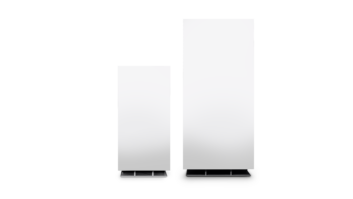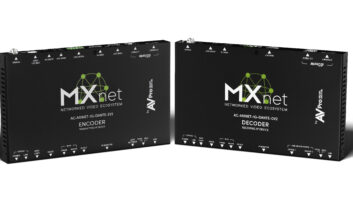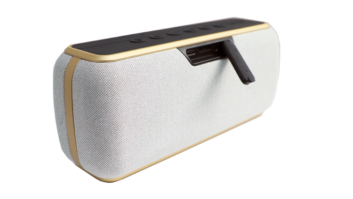Home Theater Design Benchmarks For Successful Installations
The home theater is experiential in nature, and there are fundamental elements and attributes required to deliver that experience. Just like a high-performance sports car, it is not enough to look fast; it must have the engineering, build quality, and design to deliver.
Many home theater designers are striving for the wrong goals or have positioned these objectives out of order. One example of this is a home theater designed primarily as a reflection of a theme or style without consideration of the design’s impact on performance. Even when attempts are made to properly design a home theater, if specific knowledge, experience, and skill are

To guarantee the best results, home theater designers must first consider the room’s size and shape, taking into consideration the number of viewers, their average size, and the seating arrangement. not applied, the results will be less than ideal.
All of this evokes the often stated and rarely followed design mandate: form follows function. Truly the essence of good home theater design, the phrase is often credited to 19th-Century American architectural giant Louis Henri Sullivan, and reads: “…form ever follows function. This is the law.” When we break it down, a home theater is a highly technical space with specific performance requirements integrated with a highly developed décor. We first need to identify the specific attributes of a home theater that are essential to the function.
NO DISTRACTIONS
A distraction-free environment means that we have created a quiet room that is not subject to random noise, light, or other interference. This attribute, which can’t be achieved without forethought, extends the dynamic range of both audio and video, allowing for full enjoyment of the system’s nuance and details. If the theater space is designated without consideration of entry distractions, spatial requirements of isolation construction, and impact of surrounding spaces, overcoming these obstacles may not be practical.
ENGINEERED PERFORMANCE
If we want to guarantee the best results, we must consider the room’s size and shape. Good rooms are designed from the inside out and outside in. From the inside we must consider the number of viewers, their average size, and the seating arrangement. If your clientele are larger, such as pro athletes, this requires more space. The seats, raised footrests, row passages, recline seats (not recommended for viewing), and aisles all require adequate space.
From the outside we must consider the location of the room, the construction of the walls, and the dimensional impact

of isolation and acoustical construction. At a minimum, the isolation construction will reduce the final room size by four to six inches in length and width (better isolation will reduce it by a foot or more). Interior acoustical treatment will reduce the space by an additional six inches or more each way. There are also interior finishes and details, such as columns, wainscot, baseboard, etc., to consider. If these considerations are not planned for, then results will suffer.
POSITIONING
The next step involves positional studies, which will also impact spatial requirements. First we look at the acoustical positioning. While it is true that we cannot have 12 sweet spots in a room, it is best if we attempt to position the most listeners in favorable locations. We analyze the space acoustically for loudspeaker, listener, and room interactions. Next, we analyze the screen size, viewing angles, and sight lines. Often the combination of good viewing positions and good acoustical positions will require some compromise.
Once we have thoughtfully calculated the spatial requirements from the inside and the spatial requirements from the outside, and the configuration therein, we will have a minimum optimal room size to fit the needs of our particular client. Clearly, this is not something that can be left to chance.
Sam Cavitt (samcavitt@medesign. tv) is president of Paradise Theater, a division of Media Environment Design Inc., located in Kihei, Hawaii, and Carlsbad, California.






